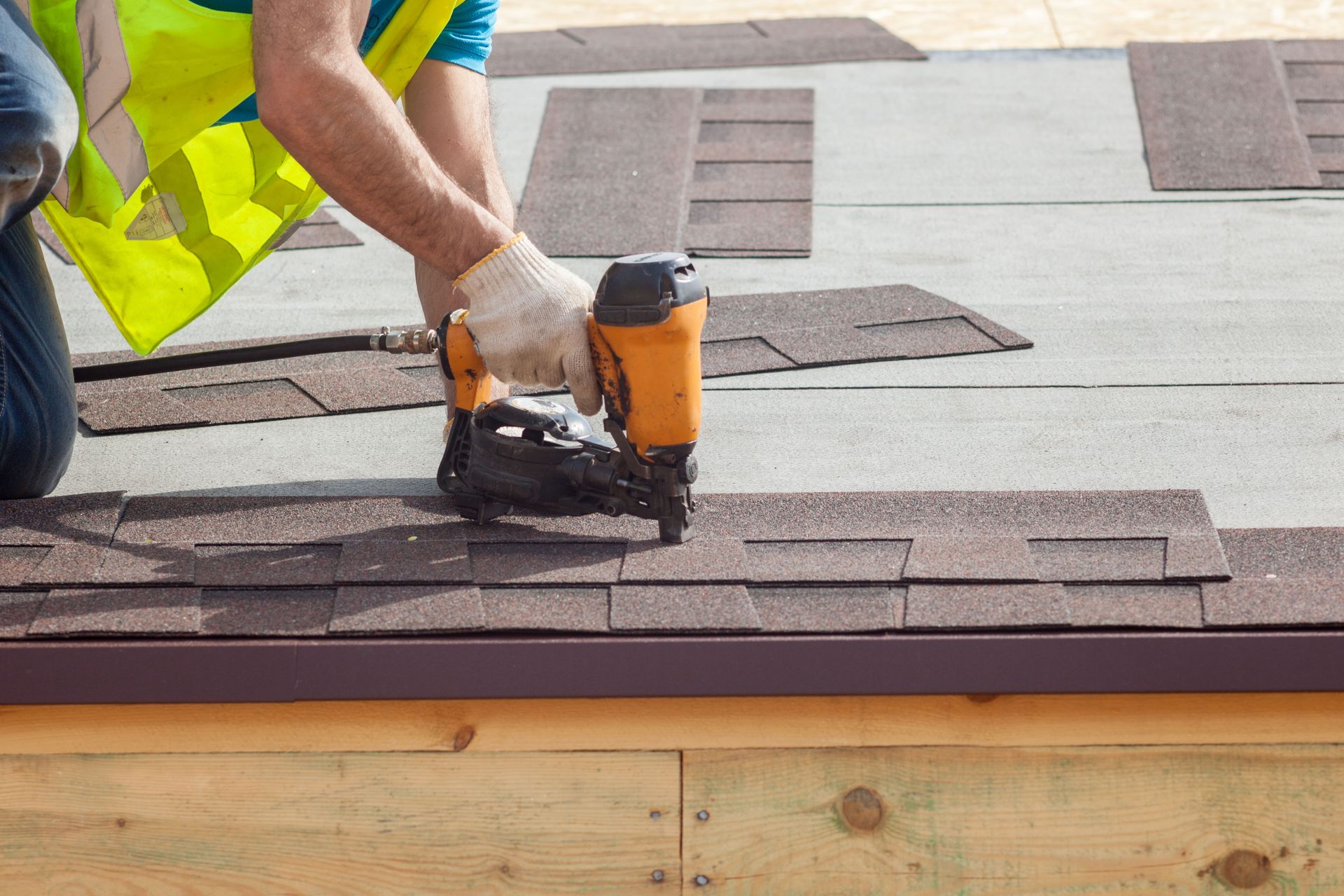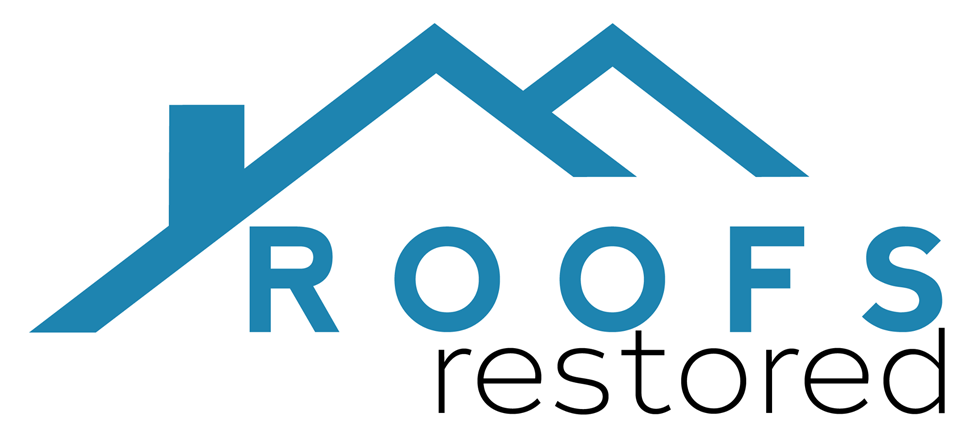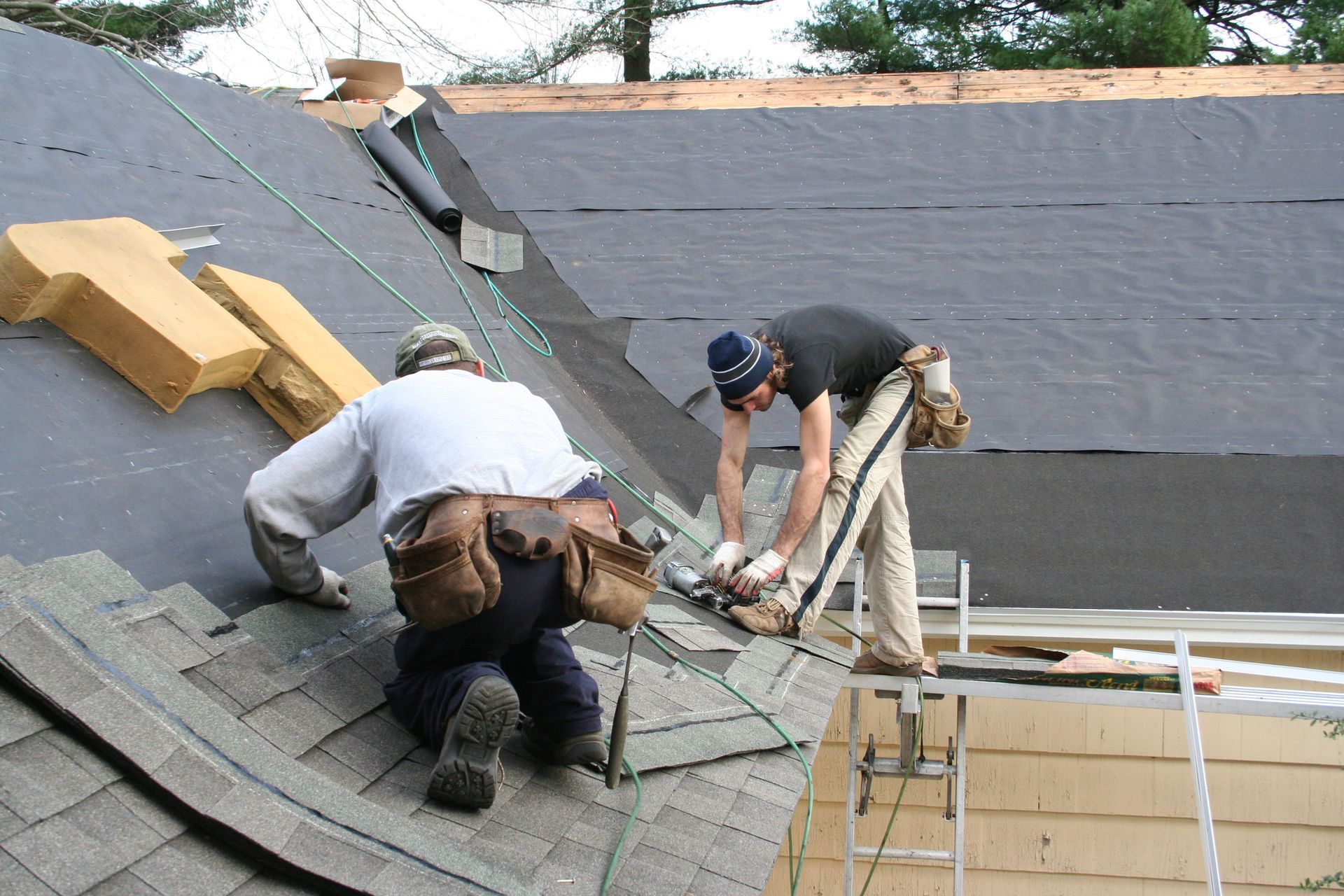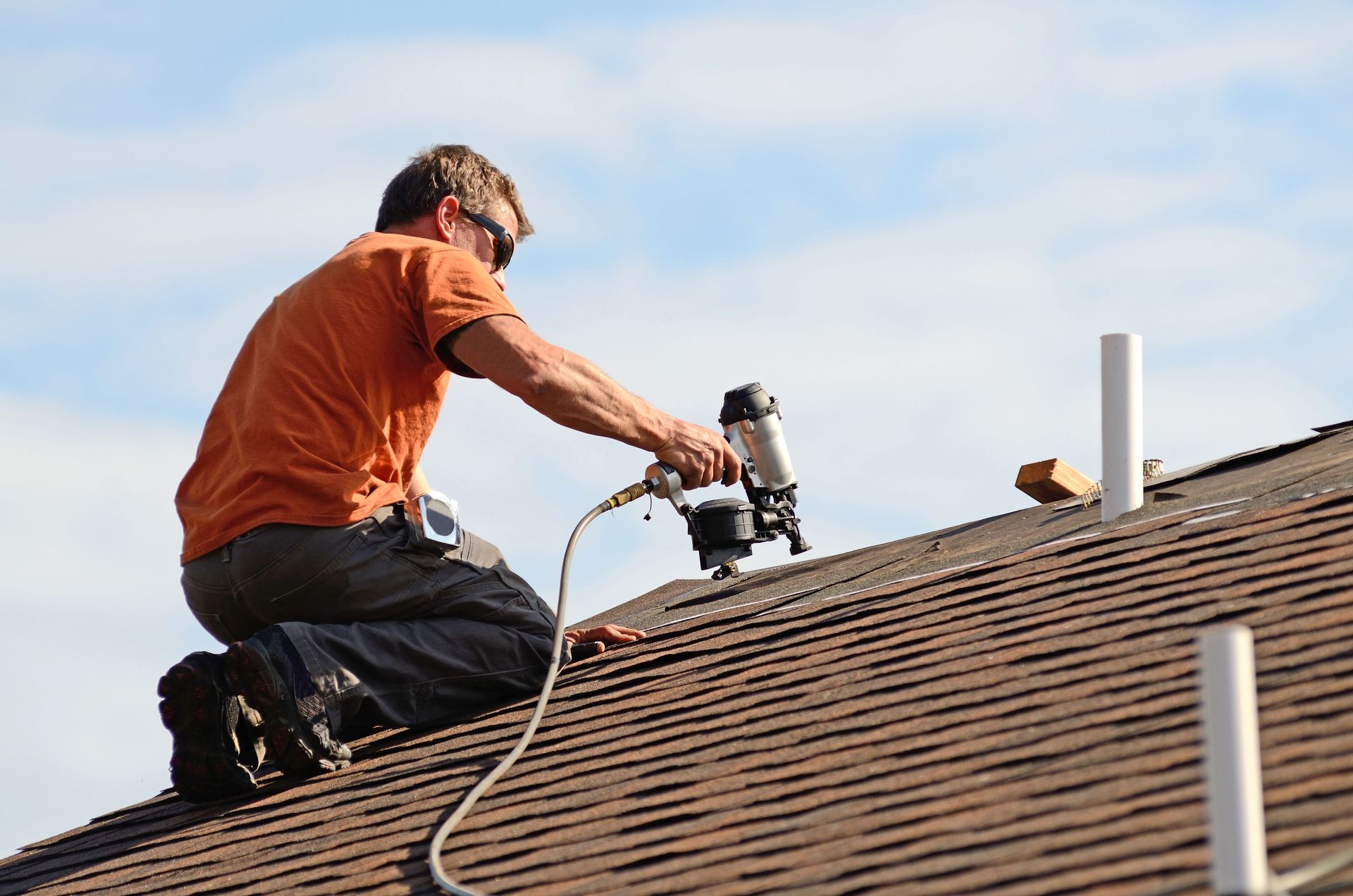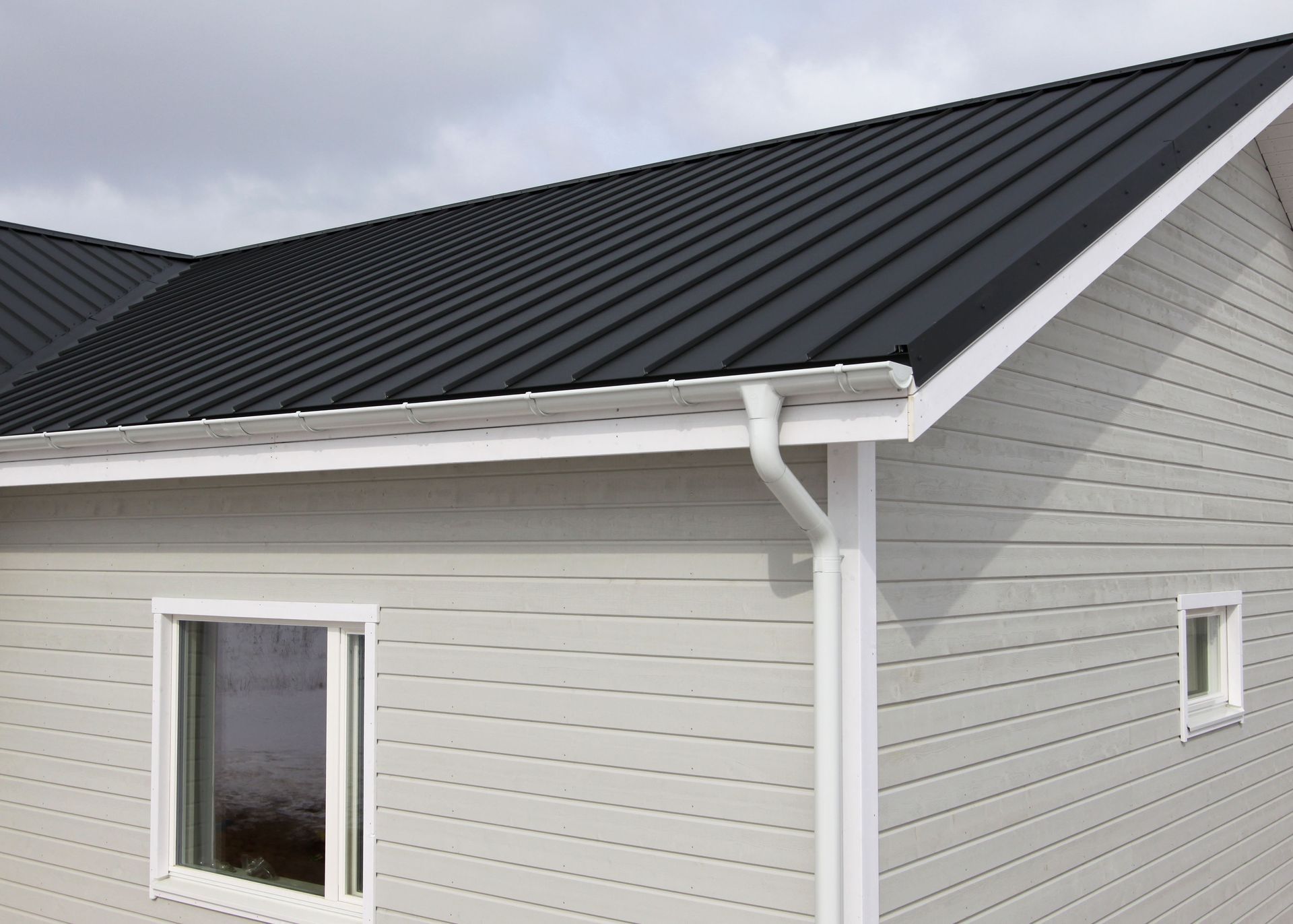October 9, 2025
Hidden roof leaks are among the most dangerous problems homeowners face, largely because they often go unnoticed until significant damage has already occurred. Unlike visible roof issues, these leaks develop quietly, compromising structural components and leading to costly repairs. Roofing contractors have developed both traditional methods and modern technological solutions to detect leaks before they escalate. Understanding these techniques not only helps homeowners appreciate the value of professional inspections but also reinforces the importance of preventative maintenance.
Common Causes
One of the leading causes of hidden leaks is poor roof installation. If the roofing system is not installed correctly, small gaps, improper sealing, or misaligned shingles create opportunities for water to enter. According to ServiceTitan, 40% of roofing complaints are related to leaks. These vulnerabilities may remain undetected for months or even years, but once water seeps into the underlying structures, the damage can spread quickly. Professional installation and adherence to industry standards are therefore essential for long-term roof durability.
Wear and tear of roofing materials is another common culprit. Even the highest quality shingles and membranes deteriorate over time due to sun exposure, temperature fluctuations, and seasonal weather patterns. As materials weaken, they develop cracks or gaps that invite water intrusion. Regular inspections and timely repairs can prevent this natural aging process from leading to significant leak problems. Proactive replacement of compromised sections ensures that small issues never develop into major water damage.
Improper roof ventilation also plays a role in creating hidden leaks. Without adequate airflow, heat and humidity accumulate inside attics and roofing spaces, causing condensation that seeps into wooden supports and insulation. Over time, this trapped moisture leads to rot, mold, and leaks that can be difficult to trace back to their source. By ensuring proper ventilation systems are in place, contractors help homeowners reduce moisture buildup and extend the lifespan of the roof.
Clogged gutters and downspouts are another overlooked contributor. When these drainage systems are obstructed by leaves, twigs, or debris, water begins to pool along the roofline instead of flowing away. Standing water slowly infiltrates shingles and flashing, creating hidden leaks that compromise both the roof and the interior of the home. Regular cleaning and the installation of gutter guards help ensure that water is directed safely away from the property, reducing the likelihood of concealed leaks.
Finally, severe weather conditions significantly increase the risk of leaks. High winds, hailstorms, and heavy rains can cause immediate but subtle damage to shingles or flashing. While these issues may not be visible from the ground, they often create vulnerabilities that allow water to seep in during the next storm. Professional inspections after major weather events give homeowners peace of mind and help address small problems before they develop into hidden leaks.
Advanced Detection Techniques
Roofing contractors employ a range of sophisticated tools and strategies to locate leaks before they cause extensive damage. One of the most effective methods is infrared thermography. Thermal imaging cameras detect temperature variations across roofing surfaces, highlighting areas where moisture has collected beneath shingles. Because wet materials retain heat differently from dry ones, contractors can pinpoint hidden leaks with remarkable accuracy without invasive measures.
Water tracing dyes are another practical approach. By applying harmless, non-staining dyes to the roof, contractors can watch as the liquid follows the path of water infiltration. This technique makes it easier to determine the exact source of a leak, even when it has traveled far from the visible signs of damage. Tracing dyes are especially useful in complex roofing systems where water movement is unpredictable.
Moisture meters also provide valuable insights during inspections. These handheld devices measure the moisture content within roofing materials, alerting contractors to areas of concern that are not visible to the eye. Elevated readings often confirm the presence of leaks, allowing targeted repairs rather than costly replacements of entire sections. Because they are portable and precise, moisture meters are a staple in modern roofing diagnostics.
Drone inspections have transformed the way contractors assess roof conditions. Drones equipped with high-resolution cameras capture aerial views of hard-to-reach areas, allowing for a thorough inspection without the risks associated with climbing. Contractors can review the footage to identify damaged shingles, compromised flashing, or subtle signs of water intrusion. This approach saves time, enhances safety, and provides homeowners with visual evidence of potential issues.
For flat and commercial roofs, electronic leak detection is an increasingly popular method. By applying a low-voltage electric current across the surface, contractors can detect variations in conductivity that indicate breaches in the roofing membrane. This highly accurate process identifies even the smallest leaks and is particularly effective on large or complex roof structures where traditional inspections may fall short.
Signs of Hidden Roof Leaks
While technology plays an important role in leak detection, contractors also rely on physical signs within the home. Interior water stains on ceilings or walls are often one of the first visible indicators. These stains suggest that water has been seeping through the roof for some time, and while the discoloration may appear small, the underlying damage can be significant. Contractors use their expertise to trace the stains back to their origins, ensuring the source of the leak is properly addressed rather than just the symptom.
Musty odors also raise red flags. Persistent damp smells inside a home are typically caused by water accumulation in hidden spaces such as attics, crawlspaces, or behind walls. Contractors investigating these odors often find undetected leaks that have been saturating insulation or wood framing for weeks or months. Identifying and resolving the source of the odor is critical not only for the roof's health but also for maintaining indoor air quality.
Mold and mildew growth is another clear warning sign. These fungi thrive in dark, damp environments and often appear as black or green spots on walls, ceilings, or insulation. Their presence almost always indicates ongoing moisture intrusion. Beyond causing property damage, mold poses health risks, making professional detection and repair essential. Contractors not only identify the water source fueling the growth but also recommend remediation steps to restore safe living conditions.
Even subtle cosmetic changes, such as peeling or cracked paint, can point to hidden leaks. When moisture infiltrates walls or ceilings, it undermines the bond between paint and surface materials, causing blistering or flaking. While this may seem like a minor aesthetic issue, it often signals deeper water damage that requires immediate attention. Contractors view these outward signs as entry points to larger investigations of the roof system.
Hidden roof leaks may start small, but they can cause serious structural, financial, and health-related issues if left unchecked. By understanding the most common causes—from poor installation to severe weather—and recognizing early warning signs such as stains, odors, or mold, homeowners can act quickly to protect their property. A roofing contractor can enhance this process by employing advanced technologies like infrared thermography, drone imaging, and electronic leak detection, ensuring that even the most elusive leaks are found and repaired.
Proactive inspections, routine maintenance, and timely interventions provide the best defense against hidden roof leaks. With the help of experienced contractors, homeowners can safeguard their roofs, preserve their home's value, and enjoy peace of mind knowing that small problems won't grow into major, costly repairs. If you're looking for an experienced
roofing contractor, contact Roofs Restored today.
